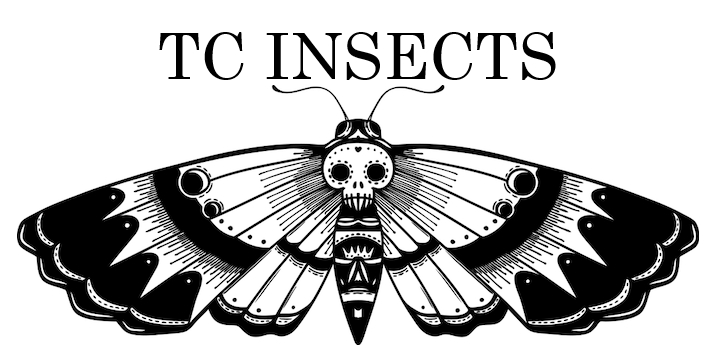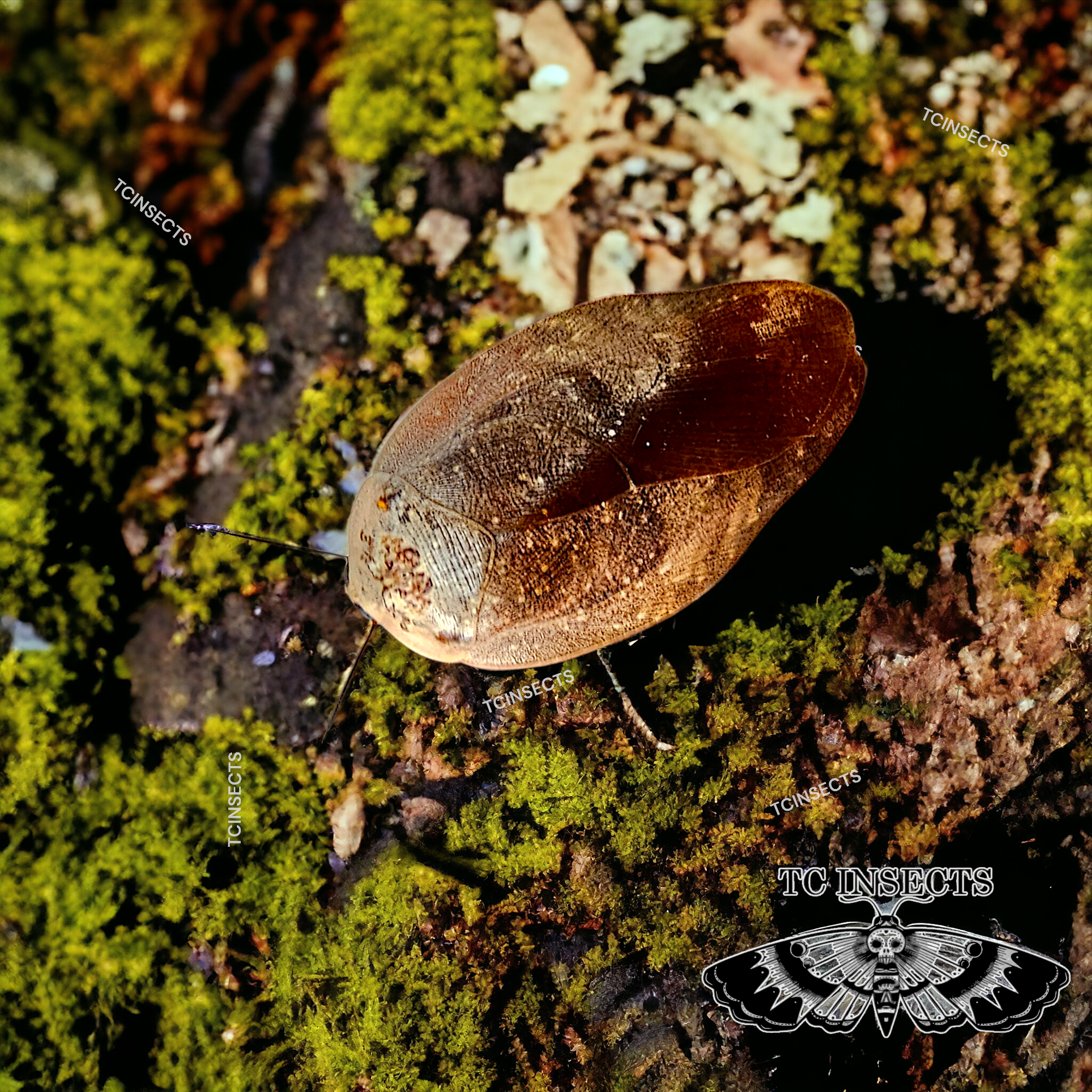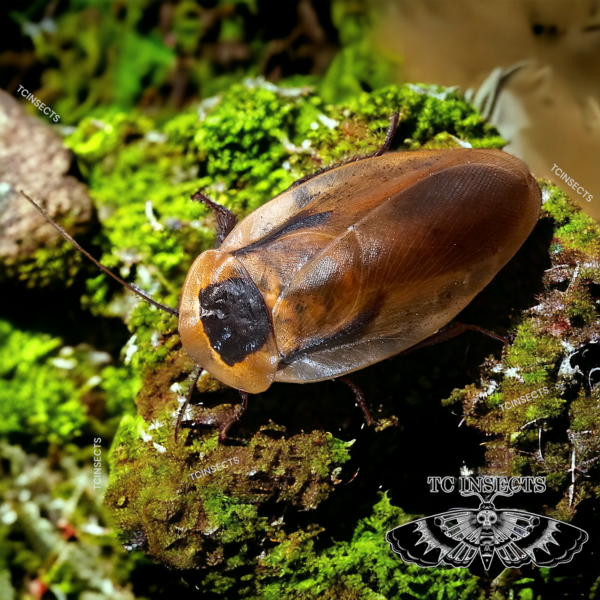How to Keep and Breed Gyna Lurida (Porcelain Roach)
Gyna lurida is a stunning and rare species of cockroach that originates from South America. They are also known as the porcelain roach or the pink roach, because of their glossy white body and pink wings. They are a lively and active species, and the males can fly. They are also live-bearers, meaning that they give birth to live young instead of laying eggs. In this article, you will learn how to keep and breed Gyna lurida, including their housing, diet, temperature, humidity, and life cycle.
Housing
Gyna lurida needs a large and airy enclosure to thrive. A plastic bin, a glass tank, or a terrarium can work as an enclosure, as long as it has a good air flow and a secure lid. The size of the enclosure depends on the size of your colony, but you should provide at least one gallon of space per 100 roaches. You should also smear a layer of petroleum jelly around the top to prevent the males from escaping.
The enclosure should have a substrate of at least 2-4 inches deep, made of organic materials, such as coconut fiber, peat moss, potting soil, or a mix of these and rotten wood, compost, etc. The substrate should be moist, but not wet, as Gyna lurida likes to burrow and hide in it. You can also add some decaying leaf litter, branches, bark pieces, and other natural items to the enclosure, to create more hiding places and food sources for your roaches.
Diet
Gyna lurida is an omnivorous and opportunistic feeder, meaning that they will eat almost anything that is edible. However, to keep them healthy and happy, you should provide them with a varied and balanced diet, consisting of both plant and animal matter. You can feed them dog/cat/chick feed, fruits, veggies, pollen, and artificial pollen. They especially love fruits, such as apples, bananas, peaches, and berries. You should avoid citrus fruits, as they may be harmful to them.
You should not use food bowls for this species, as the nymphs may not be able to access them and may starve or resort to cannibalism. Instead, you should scatter the food on the substrate or place it on a piece of cardboard or paper. You should also remove any uneaten food after a day or two, to prevent mold and mites.
Temperature
Gyna lurida prefers warm temperatures, between 80-88°F, for optimal growth and reproduction. They do not tolerate cold temperatures well, and may die if exposed to temperatures below 40-50°F for long periods. You can use a heat mat, a heat lamp, or a room heater to maintain the temperature in their enclosure, but make sure to monitor it regularly and avoid overheating.
Humidity
Gyna lurida needs a high humidity level, between 60-80%, to stay hydrated and healthy. You can achieve this by misting the enclosure daily, or by using a humidifier or a fogger. You should also provide a shallow water dish, or a moist sponge, for your roaches to drink from. However, you should not make the enclosure too wet, as this may cause mold, mites, or bacterial infections.
Breeding/Life Cycle
Gyna lurida is a live-bearing species, meaning that the females give birth to live nymphs instead of laying eggs. The females can produce up to 30 nymphs per litter, and can have several litters per year. The nymphs are tiny and white, but they will gradually develop their pink coloration and glossy wings as they molt. The nymphs take about 4-6 months to reach adulthood, and the adults can live for up to a year.
To encourage breeding, you should provide them with a high-protein diet, a moist substrate, and a warm temperature. You should also avoid disturbing them, as they are shy and secretive creatures. You may not see the nymphs until they are a few weeks old, as they will hide in the substrate until they are big enough to venture out.
Conclusion
Gyna lurida is a fascinating and attractive species of cockroach that can make a rewarding pet for those who appreciate their beauty and behavior. They are relatively easy to care for, as long as you provide them with a large, well-ventilated, and warm enclosure, a moist and deep substrate, and a varied and abundant diet. They are also prolific breeders, and you can enjoy watching their nymphs grow and change color over time. If you are looking for a unique and exotic pet, Gyna lurida may be the one for you.









Reviews
There are no reviews yet.